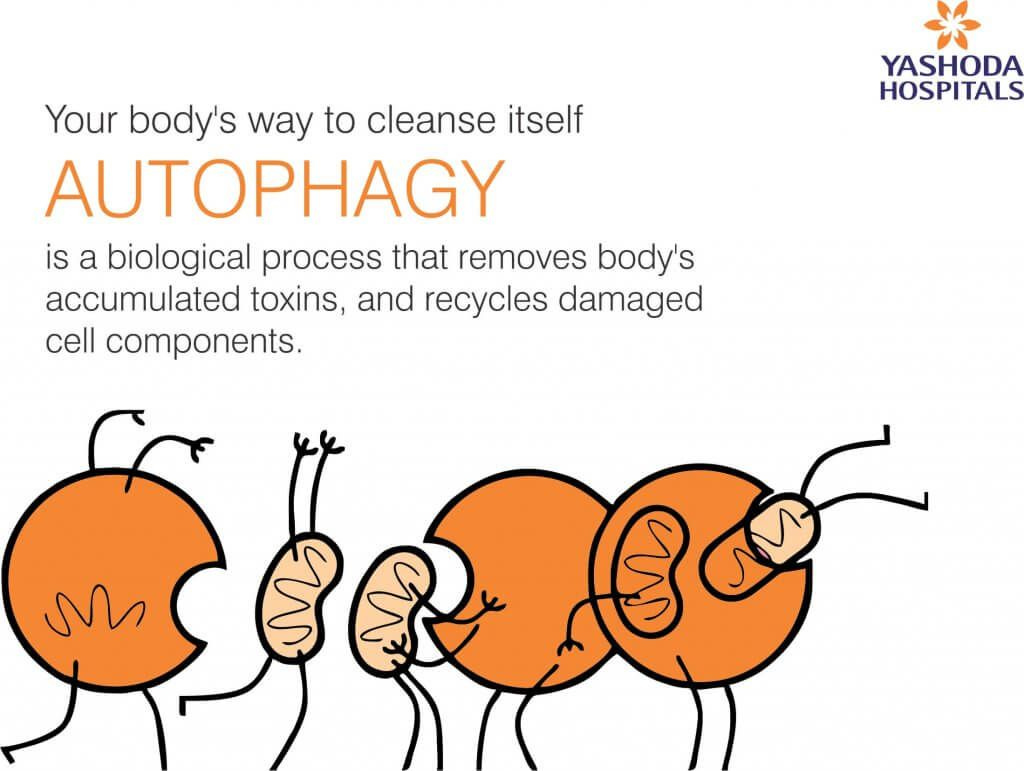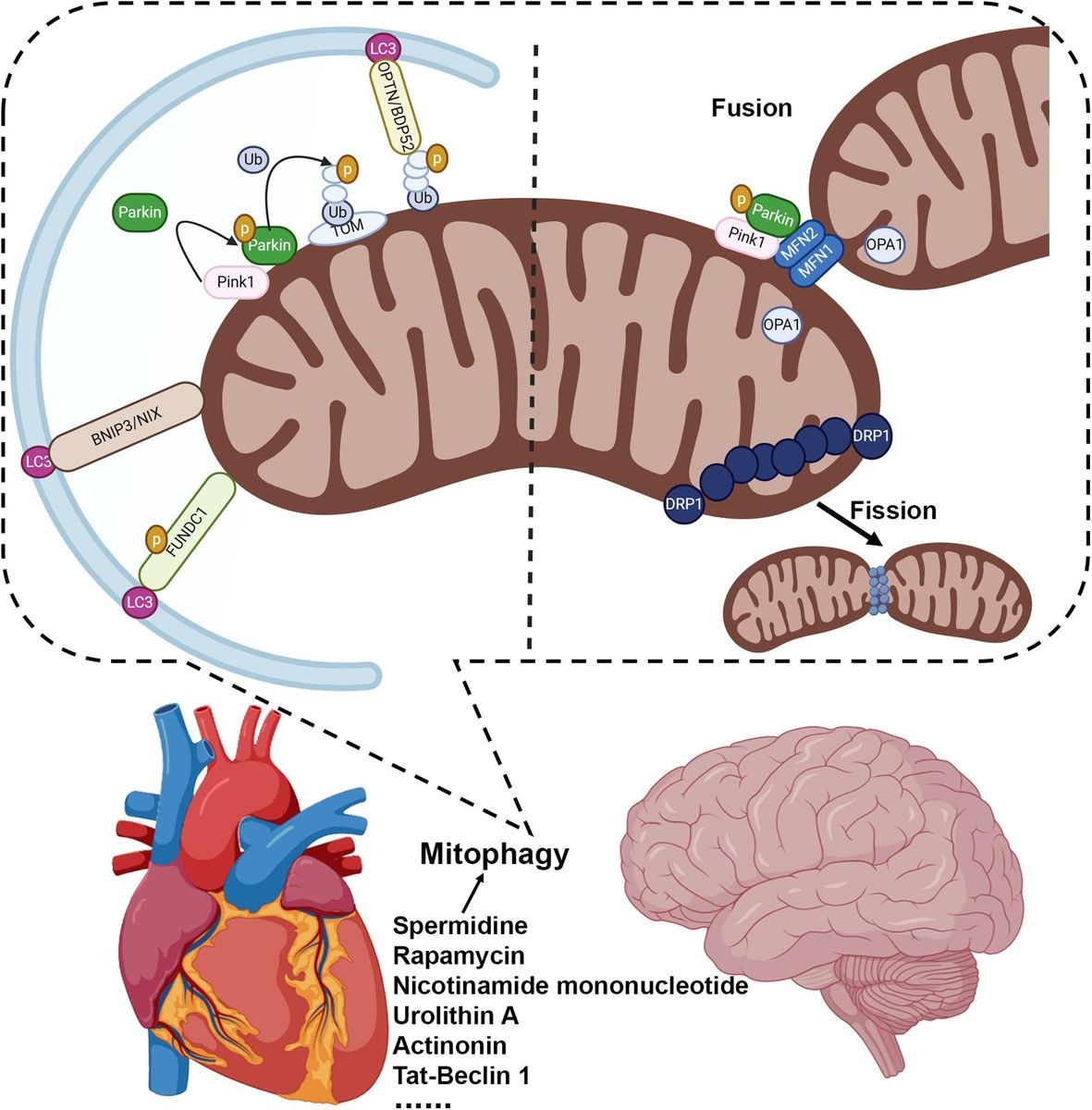Fasting: The Magic Cellular Reset Part: 1
Natures goated tool for stimulating cellular recycling and managing DNA expression
“For the moment all discipline seems painful rather than pleasant, but later it yields the peaceful fruit of righteousness to those who have been trained by it.” Hebrews 12:11. This is exactly what we experience in fasting, fasting is one of the most potent remedies, yet it can also be one of the most challenging. For many people in the West, the thought of going more than a couple of hours without food is unimaginable. Years of conditioning have taught us that we must constantly stimulate the body with “nourishment”. However, despite this programming, the truth is that the feast and famine cycle is an integral part of the ancestral lifestyle, and fasting is an ancient remedy deeply ingrained in our bodies that can bring about profound cellular homeostasis.
The Ancestral Way
Never before have we seen such an abundance and availability of food throughout our species existence. Our ancestors frequently cycled between states of feasting and famine. They might have been hunter-gatherers who went weeks without finding a kill or struggled to find any plant sustenance after a long winter. Alternatively, they could have been farmers who experienced a prolonged drought that decimated their crops and livestock. Regardless, famine was a recurring theme in their lives.
Unlike modern day people, our ancestors did not have access to a Whole Foods filled with every fruit, vegetable and meat you can think of year round. In nature, particularly in latitudes with colder winters, everything revolves around preparing for the coming winter. Our bodies understand that during the winter, we will not have access to fruits, berries, or an abundance of game. Nothing grows without UV light, and many of the animals we would have hunted, would also have been consuming fewer calories as food becomes scarcer.
Due to the lack of caloric intake, specific metabolic pathways would have been triggered in our ancestors. When these pathways were activated, their bodies would have entered a state of ketosis, burning their own fat stores that they had accumulated during the warmer months. The body's innate intelligence would have then initiated a process known as autophagy, where it begins to recycle only the most aged and lagging cells first.
I often think, "Wow, so much of it really does come back to circadian rhythm." Put simply, we cannot escape the impact of the sun on our lives, particularly on the types and quantities of foods we eat, which ultimately dictate the metabolic pathways that are activated.
During the spring and summer months when food is abundant, it would be natural that the metabolic pathway mTOR would be dominant, which promotes cellular growth. In contrast, during the fall and winter months, the AMPK pathway would have been dominant, activated by carbohydrate and caloric deprivation and responsible for regeneration. If you think about food, or lack there of, in the context of circadian rhythm, it might give you an idea of far off we are from our natural state. So, lets dive a little deeper into metabolic health.
Modern Lifestyle and Its Impact on Metabolic Health
Metabolic health is a term that has kinda become a buzzword in recent years, yet the concept remains important. It plays a crucial role in fasting, particularly with regard to metabolic flexibility - a concept popularized by Mark Sisson that refers to the body's ability to efficiently convert available food into energy. The body primarily relies on two sources of energy: glucose and fat - which is converted by the liver into ketones. Remember that our ancestors likely relied on one or the other source of energy depending on the season.
Not many people follow a seasonal eating pattern, and I would wager a majority of people are totally incapable of being metabolically flexible. The body is designed to be adaptable and should be able to shift its energy source based on the available nutrients, or lack there of. Unfortunately, many people today are stuck in a chronic state of relying on glucose as their primary energy source, while simultaneously eating non-stop.
The constant stimulation of food and glucose burning drives the body into a never-ending state of building. Essentially, you are giving your body a less ideal standard to live by; your body adapts to an easy way of living and its mitochondria become accustomed to perpetual sources of easy nutrients. Your mitochondria then sit back and relax, in their weakened fattened state, not bothering to worry about the fact that there are cells operating at a 40% capacity that need to be removed in order for the body to be as thermodynamic as possible.
After all, our mitochondria are the ones responsible for removing these cells and their degraded parts, as removal of these parts protects “cells against progressive cell damage, inflammation and thus cancer while promoting healthy aging”. In reality, we want only the strongest and fittest cells to be consuming that energy.
We rarely interrupts the signs of the seasons, and as a result, never get true “cleanup”. This is what some refer to as “chronic summer” and this is where the metabolic pathways of AMPK and mTOR come into play.
AMPK
AMPK has gained increasing popularity over the years, as researchers have found amazing benefits by stimulating this pathway. Think of AMPK as an alert system that triggers when nutrient availability is low, specifically, lack of carbs or caloric deficit. Upon receiving this trigger, your cells, particularly the mitochondria, start adopting an energy-efficient framework to optimize production and consumption. The body begins entering into a state of mitochondrial homeostasis, which effectively maintains energy balance by reducing ATP consuming processes and increasing ATP synthesis1.
If ATP is akin to the currency of your cells, then when AMPK is activated, your cells are compelled to become meticulous accountants, scrutinizing their budget, identifying what can be afforded, what drains the ATP stores, and what needs to be eliminated. This budgeting process is carried out by mitophagy, which is the recycling of old and damaged mitochondria (remember that mitochondria are crucial components of our cells responsible for cellular energy production in the form of ATP), and autophagy, which is the recycling of whole cells. AMPK acts as the master coordinator for these processes2 .
“What about replacing those mitochondria, with new ones?” Well, AMPK has got you covered! Another proof that AMPK is the ultimate mitochondrial booster is the fact that it promotes mitochondrial biogenesis3, or simply the ability to create more mitochondria. This is one of the main goals of many biohackers: CREATE MORE MITOCHONDRIA. Why? The more energy producers you have the more energy you can produce. And this makes perfect sense as to why the body would make this happen in the event of AMPK stimulating factors in our environment.
Autophagy and DNA
We often hear how genetics play a major role in diseases state, yet less attention is given to factors that impact our DNA and ways to address such issues. Heavy metal toxins have been shown to break the DNA double-strand,4 pesticides can interfere with DNA and its repair mechanisms5 , and there are numerous modern-day toxins affecting our daily lives that we don't pay much attention to. We were not all destined for disease; rather, it is our environment that brings it to fruition. This is called epigenetics, and fortunately, we can prevent this harmful DNA from expressing and impacting our livelihood.
Autophagy is truly an incredible process that plays a vital role in the issue of damaged DNA. During this process, our weak cells carrying impaired DNA, are targeted and either repaired or eliminated6. As a result, cells that suck our ATP stores and leave us with excessive inflammation are effectively eliminated. Harmful genes that were being propagated are no longer replicated or expressed. When we fast and activate AMPK, this process is set in motion, and the body is compelled to use these dysfunctional cells for energy, leading into a survival of the fittest scenario. Similar to a forest that experiences a fire, old dead growth is wiped away, and fresh new growth sprouts beginning a new cycle of regeneration.
mTor
mTOR is a metabolic pathway that works in opposition to AMPK. Unlike AMPK, mTOR is activated when there is an abundance of nutrients and promotes a state of cellular growth. From a high level, mTor “regulates cell growth, proliferation, motility and survival, as well as the gene transcription and protein synthesis that are activated in response to hormones, growth factors and nutrients”7 . mTor is an amazing pathway when well balanced with AMPK, as AMPk provides a “cleanup function” for "zombie" like cells, that can often perpetuate when mTor is the dominant pathway.
mTOR activation is NOT inherently harmful, and there are appropriate times and situations for it; especially in children and the elderly, or someone wishing to spark new growth. However, in our modern society, many of us suffer from the consequences of abundance.
As a software engineer, I understand how critical the concept of quality assurance is when building applications. Typically, engineers will build out new features in “sprints”. At the end of these sprints, or when all features are complete, a quality assurance team tests these new features to identify any bugs. Its rare your code will be perfect right-off-the-bat, and you will be forced to go back and correct these issues.
Imagine, if these apps were not tested, instead they were launched directly to the customer. Bugs would be realized in production and chaos would ensue. There was no corrective mechanism preventing this from happening, as the check and balances were non existent.
Now, view this process in the lens of metabolic pathways. mTor is like building an app, our bodies might not always have the best code on hand (for a variety of reasons like toxins or other epigenetic factors), yet we need to fix the issues that bad code can bring forth. Cycling in and out of these metabolic pathways in order to achieve equilibrium is one way to achieve this. Just as we don’t want to be catabolic for a prolonged period, nor do we want to be building without the proper supervisions.
Summary
Straying from natural rhythms can often times produce suboptimal results in our health. The abundance of food in the modern world has been a blessing and a curse, and has prevented us from accomplishing a true level of cellular homeostasis. Just as a bear accumulates as much mass as he can in summer, using the metabolic pathway mTor for inducing growth, so to does he use AMPK in the long winter whilst hibernating and burning his own fat stores, creating equilibrium amongst the helpful, and not so helpful cells. His ability to convert available nutrients into energy makes him incredibly metabolically flexible, creating resilient mitochondria able to turn rocks into energy!
Ke R, Xu Q, Li C, Luo L, Huang D. Mechanisms of AMPK in the maintenance of ATP balance during energy metabolism. Cell Biol Int. 2018 Apr;42(4):384-392. doi: 10.1002/cbin.10915. Epub 2018 Jan 3. PMID: 29205673.
Study Link: https://pubmed.ncbi.nlm.nih.gov/29205673/
Herzig S, Shaw RJ. AMPK: guardian of metabolism and mitochondrial homeostasis. Nat Rev Mol Cell Biol. 2018 Feb;19(2):121-135. doi: 10.1038/nrm.2017.95. Epub 2017 Oct 4. PMID: 28974774; PMCID: PMC5780224.
Study Link: https://pubmed.ncbi.nlm.nih.gov/28974774/
Marin, T. L., Gongol, B., Zhang, F., Martin, M., Johnson, D. W., Xiao, H., Wang, Y., Subramaniam, S., Chien, S., & Shyy, J. Y. (2017). AMPK promotes mitochondrial biogenesis and function by phosphorylating the epigenetic factors DNMT1, RBBP7, and HAT1. Science Signaling, 10(464). https://doi.org/10.1126/scisignal.aaf7478
Morales ME, Derbes RS, Ade CM, Ortego JC, Stark J, Deininger PL, Roy-Engel AM. Heavy Metal Exposure Influences Double Strand Break DNA Repair Outcomes. PLoS One. 2016 Mar 11;11(3):e0151367. doi: 10.1371/journal.pone.0151367. PMID: 26966913; PMCID: PMC4788447.
Study Link: https://www.ncbi.nlm.nih.gov/pmc/articles/PMC5713320/
Kaur K, Kaur R. Occupational Pesticide Exposure, Impaired DNA Repair, and Diseases. Indian J Occup Environ Med. 2018 May-Aug;22(2):74-81. doi: 10.4103/ijoem.IJOEM_45_18. PMID: 30319227; PMCID: PMC6176703.
Study Link: https://www.ncbi.nlm.nih.gov/pmc/articles/PMC6176703/
Gomes LR, Menck CFM, Leandro GS. Autophagy Roles in the Modulation of DNA Repair Pathways. Int J Mol Sci. 2017 Nov 7;18(11):2351. doi: 10.3390/ijms18112351. PMID: 29112132; PMCID: PMC5713320.
Study Link: https://www.ncbi.nlm.nih.gov/pmc/articles/PMC5713320/
Zarogoulidis P, Lampaki S, Turner JF, Huang H, Kakolyris S, Syrigos K, Zarogoulidis K. mTOR pathway: A current, up-to-date mini-review (Review). Oncol Lett. 2014 Dec;8(6):2367-2370. doi: 10.3892/ol.2014.2608. Epub 2014 Oct 10. PMID: 25360163; PMCID: PMC4214394.
Study link: https://www.ncbi.nlm.nih.gov/pmc/articles/PMC4214394/




